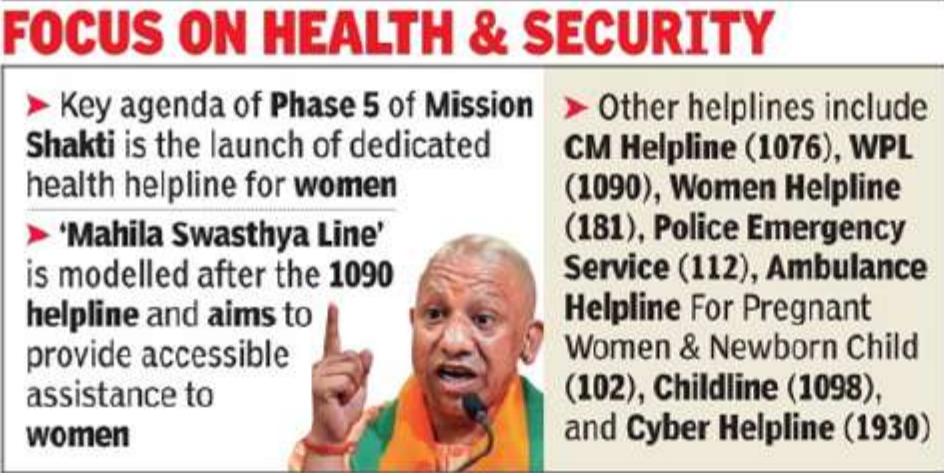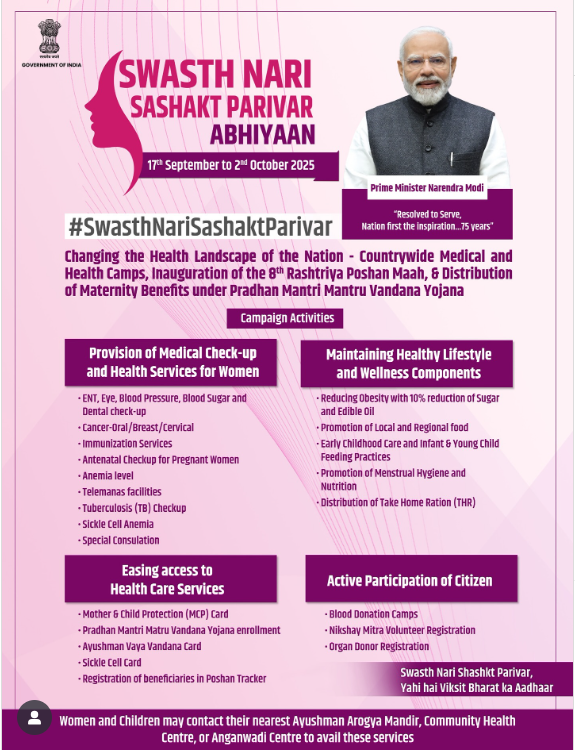Uttar Pradesh Switch to Hindi
Launch of Pilot Phase of DAY-NULM in UP
Why in News?
The Deendayal Antyodaya Yojana - National Urban Livelihoods Mission (DAY-NULM) is set to address the livelihood concerns of the urban poor in Uttar Pradesh.
- The State Urban Development Agency (SUDA) will launch the pilot phase in Lucknow, Agra, and Varanasi, with benefits being distributed between 24th and 30th September 2025.
- A preliminary survey will identify homeless individuals in urban areas, prioritize them for the scheme, and coordinate with government departments to provide identity cards and enroll them in welfare schemes.
Deendayal Antyodaya Yojana - National Urban Livelihoods Mission (DAY-NULM)
- About: The mission was launched in 2014 and is being implemented by the Ministry of Housing and Urban Affairs.
- Funding: It is a Centrally Sponsored Scheme with a 75:25 funding ratio between the Centre and States, and 90:10 for North Eastern and Special Category States.
- Objective:
- Primary Goal: To reduce poverty and vulnerability of urban poor households by enabling access to self-employment and skilled wage employment opportunities.
- Sustainable Livelihoods: Aims to enhance the livelihoods of the urban poor on a sustainable basis by building grassroots-level institutions.
- Urban Homeless Shelters: Provide shelters equipped with essential services for the homeless.
- Street Vendor Support: Address the concerns of urban street vendors by facilitating access to suitable spaces, institutional credit, and social security.
- Key Components:
- Employment through Skill Training & Placement (EST&P): Aims to provide skill training to urban poor in market-oriented courses, enabling them to set up self-employment ventures or secure salaried employment.
- Self-Employment Programme (SEP): focuses on financial assistance to individuals/groups/ Self Help Groups (SHGs) of urban poor for setting up gainful self-employment ventures or micro-enterprises.
- Implementation:
- State/UT Governments: Primary responsibility for implementation of schemes and programs.
- Ministry of Housing and Urban Affairs (MoHUA): Provides Central Assistance to supplement the efforts of States/UTs.
- Monitoring:
- Central Monitoring:
- Governing Council: Chaired by the Minister of MoHUA.
- Executive Committee: Chaired by the Secretary of MoHUA.
- State-Level Monitoring:
- Governing Council: Monitors the implementation at the state level.
- Executive Committee: Ensures smooth execution of the program in states.
- City/ULB Level Monitoring:
- Executive Committee: Chaired by Municipal Commissioner to oversee local execution.
- Central Monitoring:
Uttar Pradesh Switch to Hindi
Launch of Mission Shakti 5.0
Why in News?
The fifth phase of Mission Shakti, Chief Minister Yogi Adityanath's flagship program launched in 2020 to promote women's empowerment and security, will begin on 22nd September 2025, coinciding with the start of Shardiya Navratri, and will continue for 30 days
- Uttar Pradesh ranks first in the country with a 98.80% case disposal rate on the Investigation Tracking System for Sexual Offenses (ITSSO) portal. Additionally, the National Conference of Women in Police aims to replicate the UP model of Women Helpline 1090 and Mission Shakti in other states.
Key Points
- Enhanced Policing:
- Police foot patrolling will be increased during the campaign, with all PRV-112 vehicles active on the roads to enhance visibility and security, and every call to the women’s helpline 1090 will be addressed and resolved promptly.
- Senior police officers will interact with the public, inspect Police Lines, and join patrols to reinforce the government's commitment to safety and deter crime.
- Short films focusing on women’s safety, gender equality, and the legal rights of women will be screened in schools and colleges to raise awareness among young minds.
- Efforts will be made to provide legal assistance to women in jails, ensuring that their rights are safeguarded even in incarceration.
- Women’s Involvement in Policing:
- The plan is to deploy female beat officers to all 57,000 village panchayats and 14,000 urban wards during the campaign, with 44,177 female personnel currently deployed.
- These officers will engage with women and girls, addressing their concerns and informing them about their rights and available government welfare schemes.
- Women police will be deployed at key locations during Navratri and festivals, with Pink Booths set up in all municipal corporations and personnel at Mission Shakti Centres to receive specialized training.
- The plan is to deploy female beat officers to all 57,000 village panchayats and 14,000 urban wards during the campaign, with 44,177 female personnel currently deployed.
- Action Against Miscreants: Anti-Romeo squads will be empowered to take "exemplary action" against offenders, ensuring sensitivity and targeting only actual wrongdoers.
|
Focused Campaigns under Mission Shakti 4.0 |
|
|
Operation Name |
Objective |
|
Operation Garuda |
Action against cyber criminals |
|
Operation Bachpan |
Rescued 2,857 children and arrested 22 criminals |
|
Operation Majnu |
Acted against over 74,000 youths |
|
Operation Nasha Mukti |
Led to more than 40,000 arrests |
|
Operation Raksha |
Curbed illegal activities in hotels and pubs |
|
Operation Eagle |
Resulted in the arrest of over 7,000 offenders |
Chhattisgarh Switch to Hindi
Swasth Nari Sashakt Parivar Abhiyan Launched in Raipur
Why in News?
The State-level launch of the ‘Swasth Nari Sashakt Parivar Abhiyan’ was held at Indira Gandhi Agricultural University, Raipur, in the presence of Union Minister for Women and Child Development, Smt. Annpurna Devi, and Chief Minister of Chhattisgarh, Shri Vishnu Dev Sai.
Key Points
- About:
- The Swasth Nari Sashakt Parivar Abhiyaan (SNSPA) is a landmark initiative by the Ministry of Health and Family Welfare (MoHFW) and the Ministry of Women and Child Development (MoWCD), aimed at strengthening healthcare services for women and children across India, with a focus on improving access, quality care, and awareness.
- Described as a Jan Bhagidaari Abhiyaan, it encourages active participation from private hospitals and healthcare professionals to foster inclusive healthcare delivery.
- The campaign was inaugurated on 17th September 2025, by Prime Minister Narendra Modi, on his 75th birthday, aligning with his vision for empowered communities.
- Objectives:
- Enhance Women’s Health Through Comprehensive Screening and Services
- Promote Family Well-Being via Maternal and Child Care
- Foster Behaviour Changes Through Education
- Encourage Community Participation and Public Awareness
- Implementation Strategy:
- Nationwide Health Camps: Under the Jan Bhagidaari Abhiyaan, over one lakh health camps will be held at various healthcare facilities, monitored via the SASHAKT portal for real-time tracking.
- Healthcare Worker Accountability: A self-verification system will engage healthcare functionaries (MO, CHOs, MPWs, ASHAs) to ensure compliance with health protocols.
- Multi-Platform Outreach: Utilise Doordarshan, All India Radio (AIR), and social media campaigns to maximize public awareness and participation.
- Volunteer and Nikshay Mitra Engagement: Involve Nikshay Mitras and volunteers to support tuberculosis eradication and community health initiatives.
- Impact and Expected Outcomes:
- The campaign aims to reduce maternal mortality by offering antenatal care, screenings, and immunisations at health camps.
- It seeks to raise awareness on menstrual hygiene, nutrition, and wellness through educational sessions during Poshan Maah at Anganwadis.
- The initiative will enhance healthcare access in rural and tribal areas by deploying specialists and organising blood donation drives with the Indian Red Cross Society.
Bihar Switch to Hindi
Mega Conclave on PM Vishwakarma in Bihar
Why in News?
The Ministry of Micro, Small & Medium Enterprises (MSME), Government of India, organized the PM Vishwakarma and National SC-ST Hub Mega Conclave to commemorate the second anniversary of the PM Vishwakarma Scheme.
- The event aimed at empowering traditional artisans and craftsmen, fostering entrepreneurship, and showcasing the achievements of the scheme.
- The Ministry of MSME signed agreements with the National Institute of Design (NID), Ahmedabad, and the Institute of Rural Management Anand (IRMA) to strengthen the PM Vishwakarma Scheme.
PM Vishwakarma Scheme
- About: PM Vishwakarma is a Central Sector Scheme launched on 17th September 2023, to provide comprehensive support to traditional artisans and craftspeople engaged in manual and tool-based work.
- Nodal Ministry: Ministry of Micro, Small & Medium Enterprises (MSME).
- Eligibility:
- The applicant must be an artisan or craftsperson working with hands and tools in one of the 18 family-based traditional trades in the unorganized sector on a self-employment basis.
- He/she must be above 18 years at the time of registration and must be actively working in the trade at registration.
- He/she should not have availed loans under Prime Minister’s Employment Generation Programme (PMEGP), MUDRA, PM SVANidhi in the past 5 years, except those who have fully repaid.
- Only one member per family (husband, wife, and unmarried children) can benefit.
- Government employees and their family members are not eligible.
- Eligible Trades:
- 18 eligible trades include Carpenter, Boat Maker, Armourer, Blacksmith, Hammer and Tool Kit Maker, Locksmith, Goldsmith, Potter, Sculptor, Stone breaker, Cobbler/ Shoesmith/Footwear artisan, Mason, Basket/Mat/Broom Maker/Coir Weaver, Doll & Toy Maker, Barber, Garland maker, Washerman, Tailor, and Fishing Net Maker.
- The list can be updated and modified by the National Steering Committee with the approval of the Ministry for MSME.
- 18 eligible trades include Carpenter, Boat Maker, Armourer, Blacksmith, Hammer and Tool Kit Maker, Locksmith, Goldsmith, Potter, Sculptor, Stone breaker, Cobbler/ Shoesmith/Footwear artisan, Mason, Basket/Mat/Broom Maker/Coir Weaver, Doll & Toy Maker, Barber, Garland maker, Washerman, Tailor, and Fishing Net Maker.
- Key Features:
- Recognition: Beneficiaries receive PM Vishwakarma Certificate & ID Card, enabling access to all scheme benefits.
- Skill Upgradation:
- Basic Training (40 hours over 5-7 days, Rs 500/day stipend): Covers skill enhancement, modern tool usage, digital transactions, and marketing.
- Advanced Training (15 days, Rs 500/day stipend): Focuses on entrepreneurship, modern technology, and business expansion.
- Toolkit Incentive: Up to Rs 15,000 provided via e-RUPI/e-vouchers for modern tool procurement, improving productivity, and product quality.
- Credit Support: Collateral-free loans of Rs 1 lakh (1st tranche) and Rs 2 lakh (2nd tranche) in the form of ‘Enterprise Development Loans’ with interest subvention to promote business growth.
- Implementation:
- National Steering Committee (NSC): The NSC shall be the Apex Committee constituted by the Ministry of Micro, Small & Medium Enterprises.
- The NSC will be empowered to take all major policy and strategy decisions with respect to the implementation of the Scheme and approve any modifications required in the Scheme, like the inclusion of further categories of trades.
- State Monitoring Committee (SMC): The SMC shall be responsible for the operational implementation and monitoring of the Scheme at the state level; it will also act as a bridge between the NSC and the field-level setup.
- District Implementation Committee (DIC): The DIC shall be responsible for the actual roll–out and implementation of the Scheme at the field level and will coordinate with the State Government and other committees.
- National Steering Committee (NSC): The NSC shall be the Apex Committee constituted by the Ministry of Micro, Small & Medium Enterprises.
Uttar Pradesh Switch to Hindi
Sant Kabir Textile and Apparel Park Scheme
Why in News?
The Chief Minister of Uttar Pradesh presided over a high-level meeting to review the Sant Kabir Textile and Apparel Park Scheme, a flagship initiative designed to enhance the state’s position in the global textile market.
Key Points
- About: Inspired by Sant Kabir's ideals of labor, simplicity, and self-reliance, the scheme aims to strike a balance between traditional handloom techniques and modern textile technology.
- Objective: It will create new opportunities for investment, production, and employment, positioning Uttar Pradesh as a significant player in the global textile industry
- Current Status: Uttar Pradesh ranks among India's top textile and apparel exporters.
- In the 2023–24 period, the state contributed USD 3.5 billion to textile exports, accounting for 9.6% of the country's total textile exports.
- The textile sector contributes 1.5% to the state’s GDP and employs nearly 22 lakh people.
- Market Potential: The global textile market is projected to reach USD 2.3 trillion by 2030, offering a significant opportunity for Uttar Pradesh to secure a strong presence.
- Textile Clusters in Uttar Pradesh: Traditional textile clusters in cities such as Varanasi, Mau, Bhadohi, Mirzapur, Sitapur, Barabanki, Gorakhpur, and Meerut play a pivotal role in the state's textile economy.
- Investment and Employment Projections: 659 proposals have been received on the Investment Sarathi portal, amounting to a ₹15,431 crore investment and expected to generate 1,01,768 jobs. These proposals cover 1,642 acres of land, with each park spanning a minimum of 50 acres.
- The parks will include a common effluent treatment plant and facilities for ancillary industries such as buttons, zippers, packaging, and warehousing.
- PPP Model and Infrastructure Support: The scheme will be implemented through a Public-Private Partnership (PPP) model or a designated nodal agency, ensuring priority infrastructure such as roads, electricity, and water supply.
- Government Initiatives for Weavers: The state government is offering subsidized electricity to weavers and exploring solar energy integration to lower production costs and enhance their income.
- Significance: The Sant Kabir Textile and Apparel Park Scheme is expected to not only bring large-scale investments and job creation but also establish Uttar Pradesh as a global hub for the textile and apparel sector.
Sant Kabir Das
- Sant Kabir Das, a 15th-century Indian mystic poet and saint, was born in Varanasi, Uttar Pradesh to a Hindu family but was raised by a Muslim weaver couple.
- He was a notable figure in the Bhakti movement, which emphasised devotion and love for the divine.
- The Bhakti movement started in the 7th century in South India and spread to North India during the 14th and 15th centuries.
- Popular poet-saints of the Bhakti movement, like Ramananda and Kabir Das, sang devotional songs in vernacular languages.
- Kabir sought spiritual guidance from teachers such as Ramananda and Sheikh Taqi, shaping his unique philosophy.
- Kabir is revered by both Hindus and Muslims, and his followers are known as "Kabir Panthis."
- His popular literary works include Kabir Bijak (poems and verses), Kabir Parachai, Sakhi Granth, Adi Granth (Sikh), and Kabir Granthawali (Rajasthan).
- His works, written in the Brajbhasha and Awadhi dialects, significantly influenced Indian literature and the development of the Hindi language.

.gif)

.png)





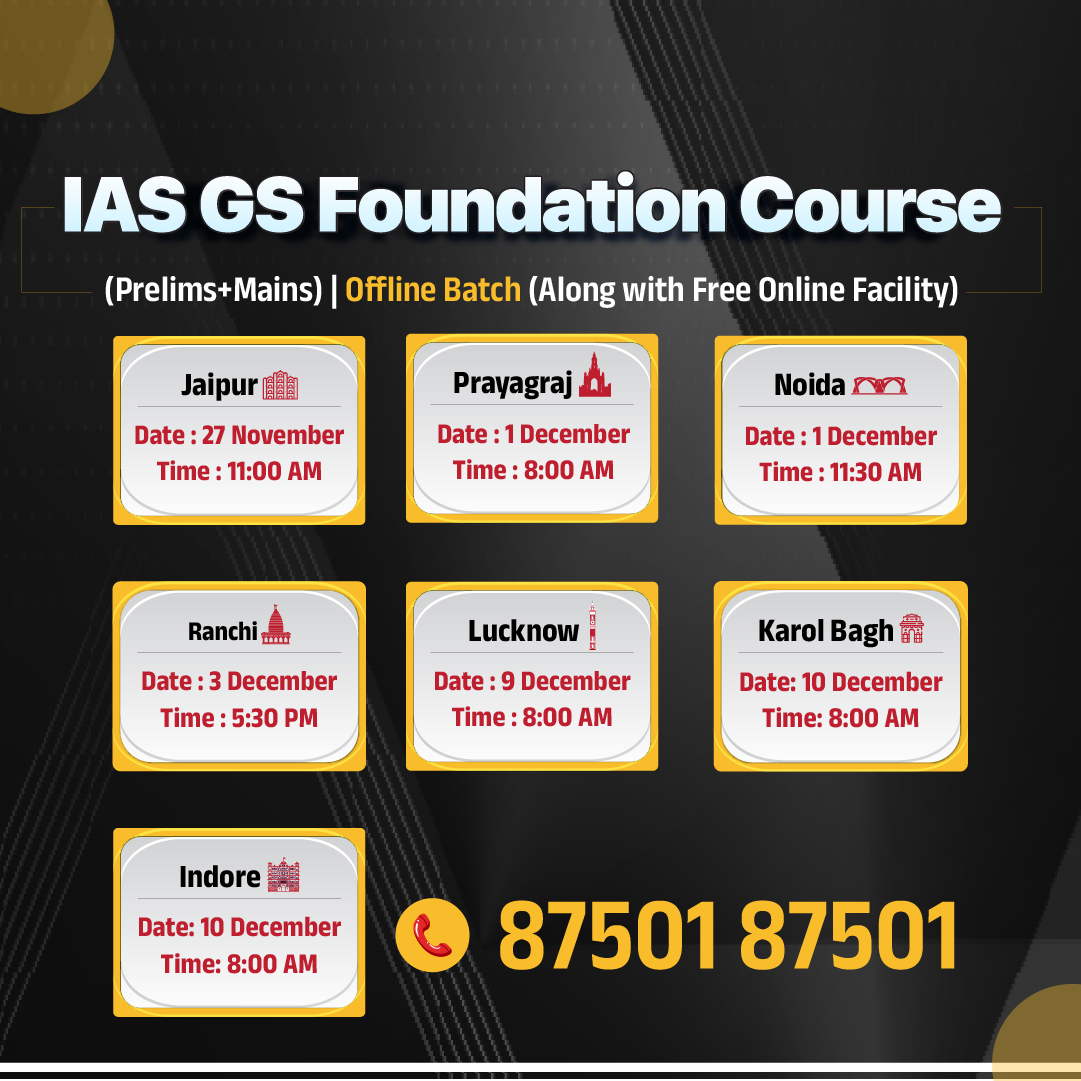





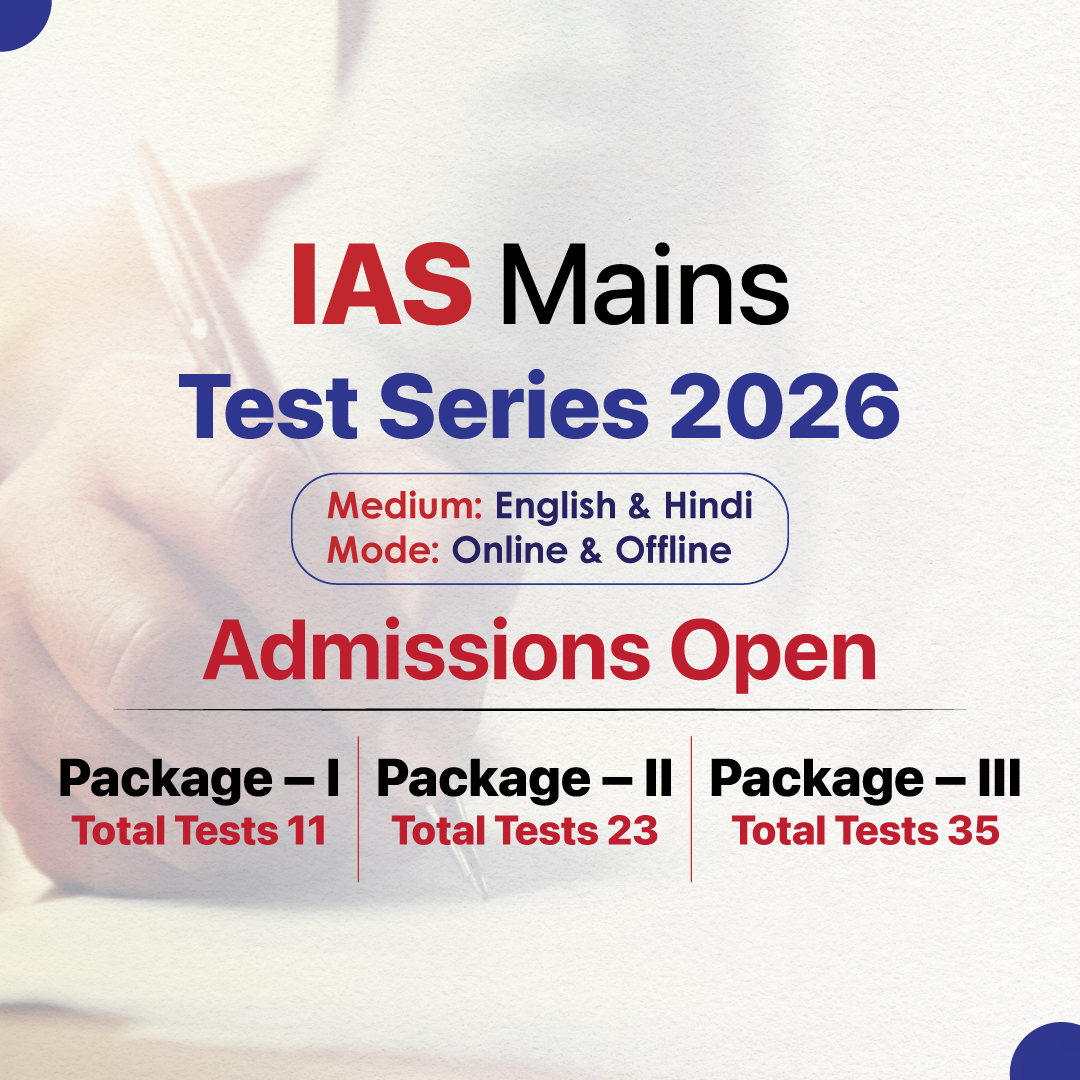

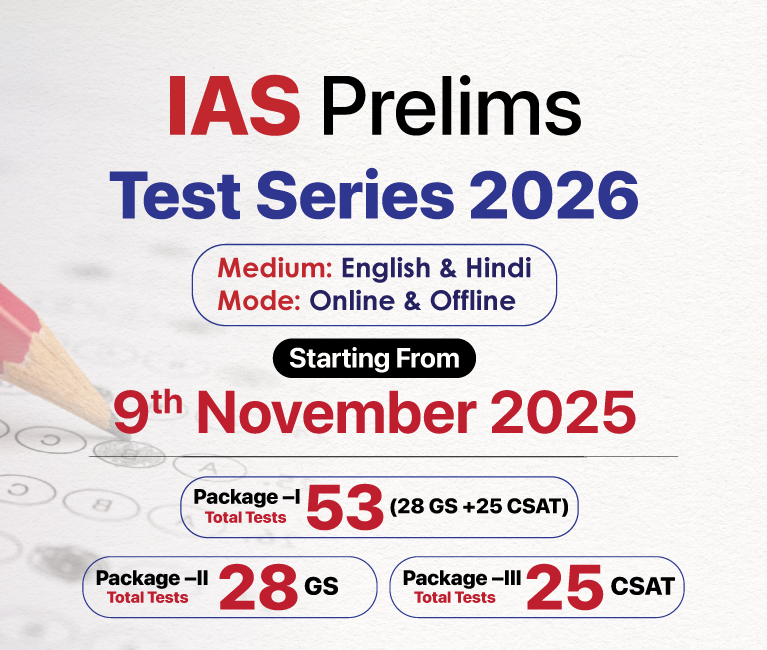


.png)
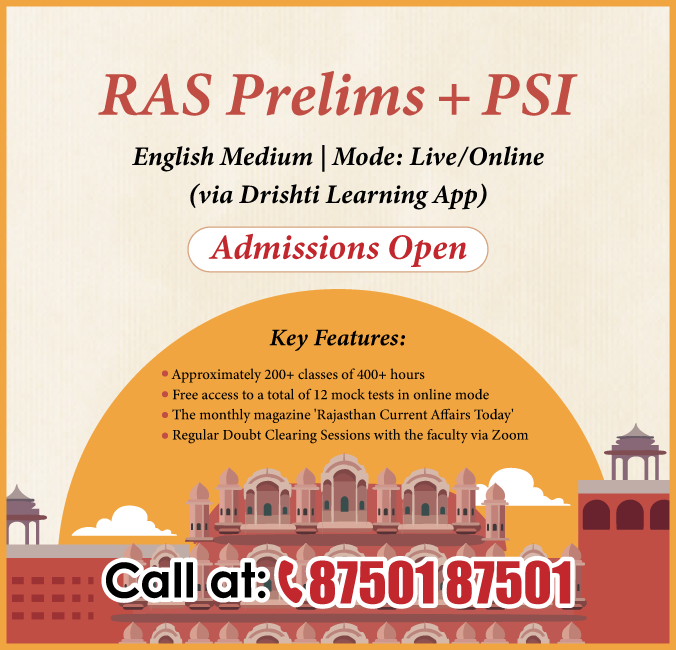

.jpg)

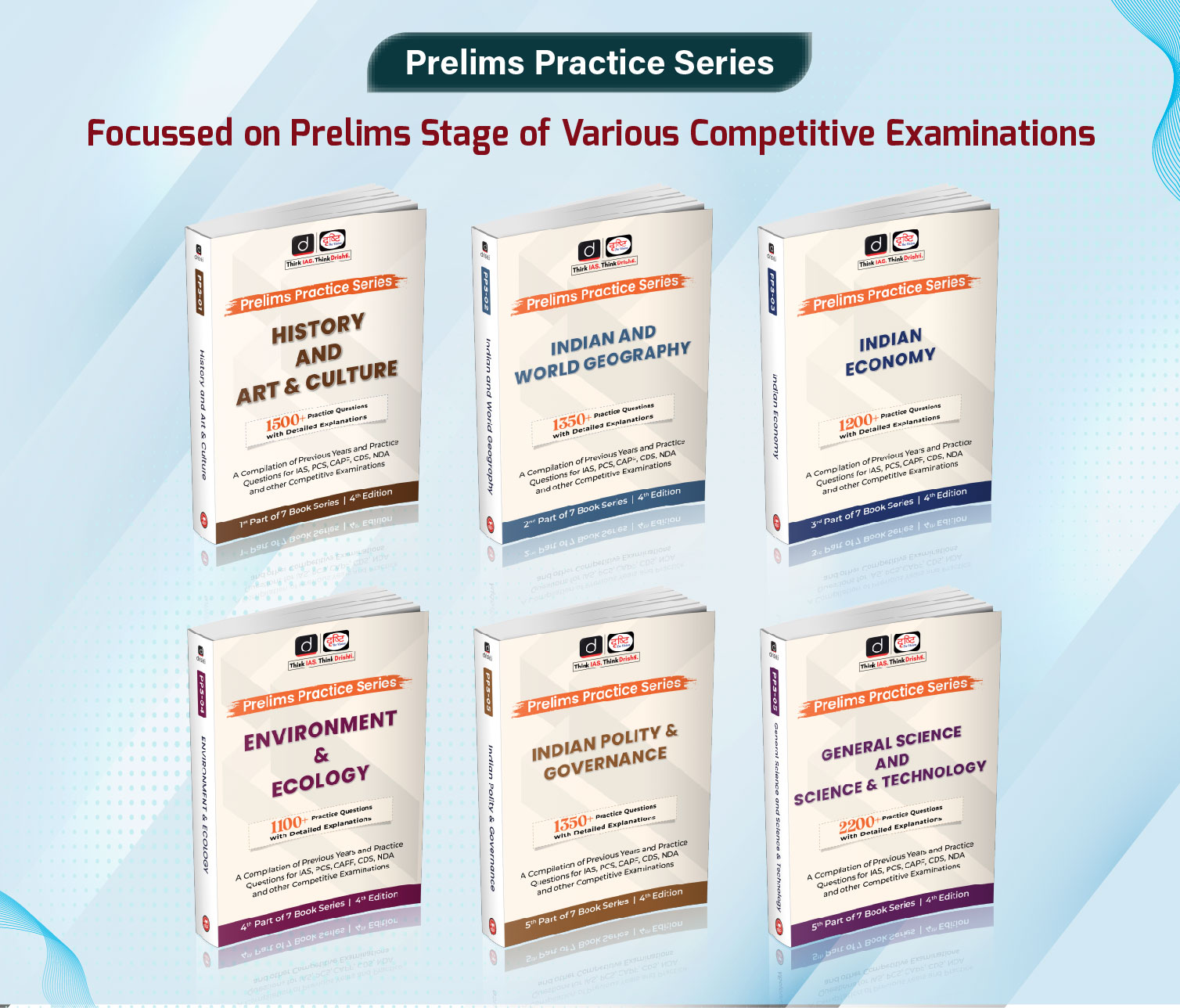

 PCS Parikshan
PCS Parikshan